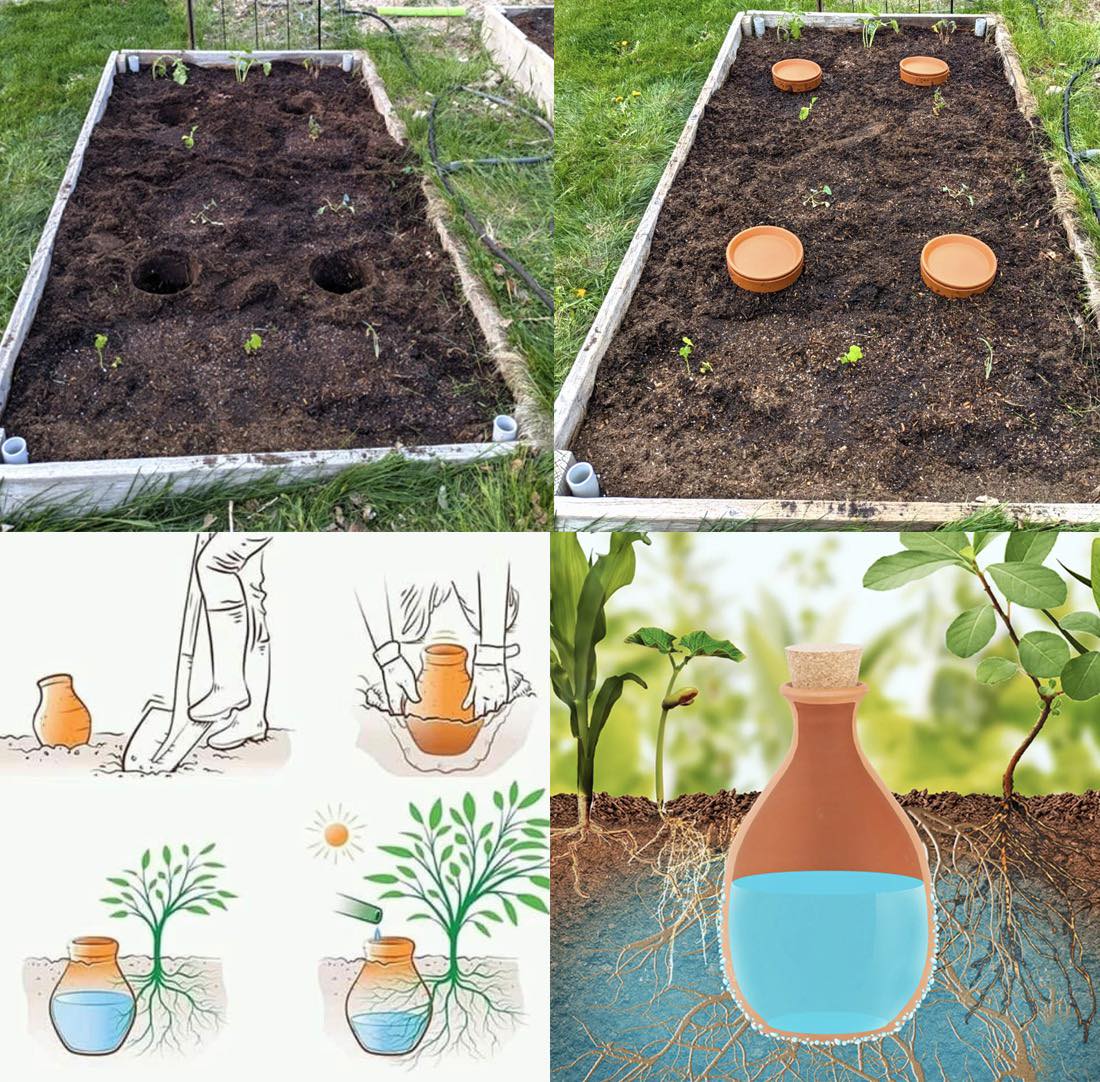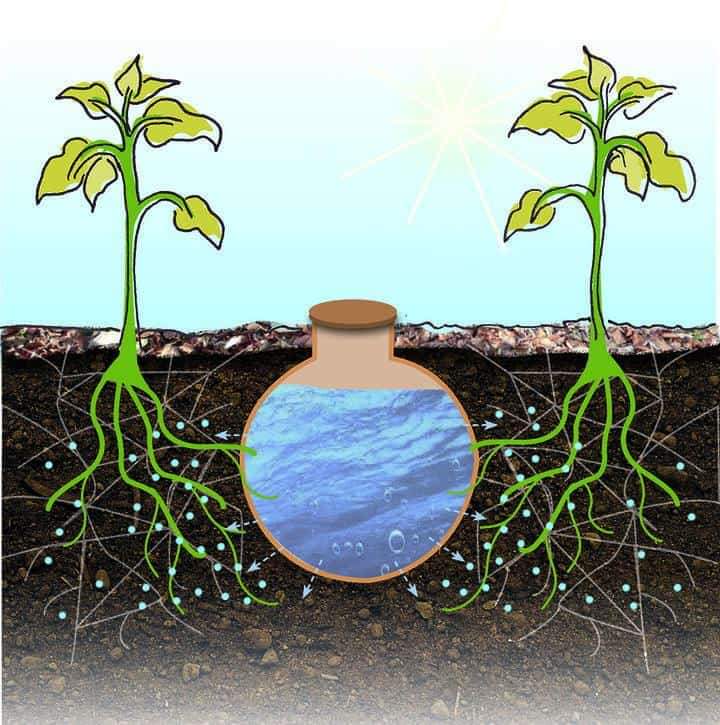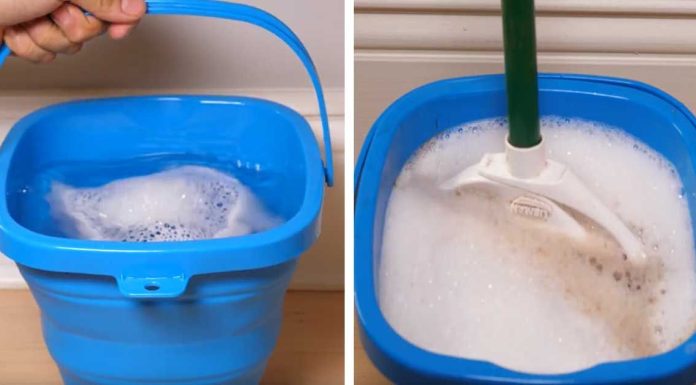Ollas: Ancient Wisdom for Efficient Irrigation
In an era marked by environmental challenges and the urgent need for sustainable agricultural practices, ancient wisdom often holds the key to innovative solutions. One such ancient irrigation technique, the olla, offers a remarkable blend of simplicity and effectiveness in water conservation. Used for centuries by diverse cultures worldwide, ollas continue to serve as a beacon of sustainable irrigation practices. This article explores the fascinating world of ollas and how they can revolutionize irrigation in modern gardens.

Exploring the Olla: What are Ollas? Ollas, derived from the Spanish word for pot, are porous clay vessels designed for efficient irrigation. Handcrafted and unglazed, these pots have been utilized for centuries by indigenous communities to conserve water and nourish plants.
How Do Ollas Work? Ollas operate on the principle of seepage irrigation, a method renowned for its efficiency and water-saving capabilities. The process involves burying the olla in the soil, filling it with water, and allowing the porous clay to gradually release moisture to the surrounding root zone, ensuring consistent hydration for plants.
Advantages of Olla Irrigation:
- Water Efficiency: Ollas minimize water wastage significantly compared to conventional watering methods.
- Consistent Moisture: Plants receive a steady water supply, fostering healthier growth and resilience.
- Weed Reduction: Direct watering to the root zone discourages weed growth, minimizing maintenance efforts.
- Soil Health: Ollas contribute to soil improvement by promoting even water distribution and reducing salinity buildup.
- Low Maintenance: Once installed, ollas require minimal upkeep, offering a hassle-free irrigation solution.
- Versatility: Suitable for various plants, ollas adapt to diverse gardening needs with ease.
- Sustainability: Crafted from natural materials, ollas embody eco-friendly gardening practices.
Tips for Effective Olla Usage: To optimize olla irrigation, consider the following recommendations:
- Determine the appropriate number of ollas based on garden size and plant water requirements.
- Monitor water levels regularly to ensure adequate hydration for plants.
- Protect ollas from winter damage by storing them indoors during freezing temperatures.
Conclusion: Embracing the ancient wisdom of ollas presents a transformative opportunity for modern gardeners seeking sustainable irrigation solutions. By harnessing the power of seepage irrigation, ollas offer an efficient and eco-conscious approach to watering plants. As we integrate this time-tested method into our gardening practices, we move closer to a future where water conservation and plant health go hand in hand. With ollas as our guide, we embark on a journey toward a more sustainable and resilient agricultural landscape.










